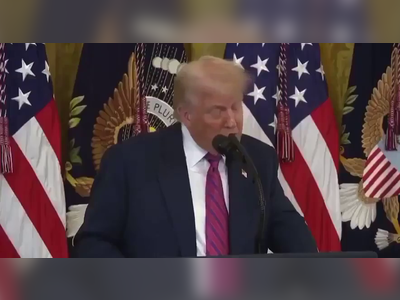
Will the next pandemic start in Brazil?
‘The next pandemic will come from the Amazon region’, says Dr. Alessandra Nava, a Manaus scientist conducting research on bats. She is hunting down viruses which lurk in the rain forest and may be dangerous to humans.
She makes her way through the heart of the Amazon rainforest. At night, Alessandra Nava catches different species of bats in nets or traps. In her laboratory she has already detected new viruses in the bats’ blood or urine.
At some point, these could be transmitted to humans. So-called zoonotic diseases like this are increasingly common. The more that humans encroach on the wilderness, the more likely it is that viruses will spread between the species.
The destruction of the Amazon jungle therefore means a higher risk of pandemics. Wherever agricultural land borders on the rain forest, researchers are already registering increased cases of dengue fever, for example.
It’s easy for the virus to spread there. Here on the bordering area there are only a few species left: cattle, pigs and cats - the virus soon adapts to its new host. Often, it’s only a matter of time until the virus adapts to the human organism and attacks it. ‘If we carry on this way, it’s only a question of time until we are confronted with the next pandemic’, Nava says. And it could spread from Brazil to the rest of the world.
At some point, these could be transmitted to humans. So-called zoonotic diseases like this are increasingly common. The more that humans encroach on the wilderness, the more likely it is that viruses will spread between the species.
The destruction of the Amazon jungle therefore means a higher risk of pandemics. Wherever agricultural land borders on the rain forest, researchers are already registering increased cases of dengue fever, for example.
It’s easy for the virus to spread there. Here on the bordering area there are only a few species left: cattle, pigs and cats - the virus soon adapts to its new host. Often, it’s only a matter of time until the virus adapts to the human organism and attacks it. ‘If we carry on this way, it’s only a question of time until we are confronted with the next pandemic’, Nava says. And it could spread from Brazil to the rest of the world.











